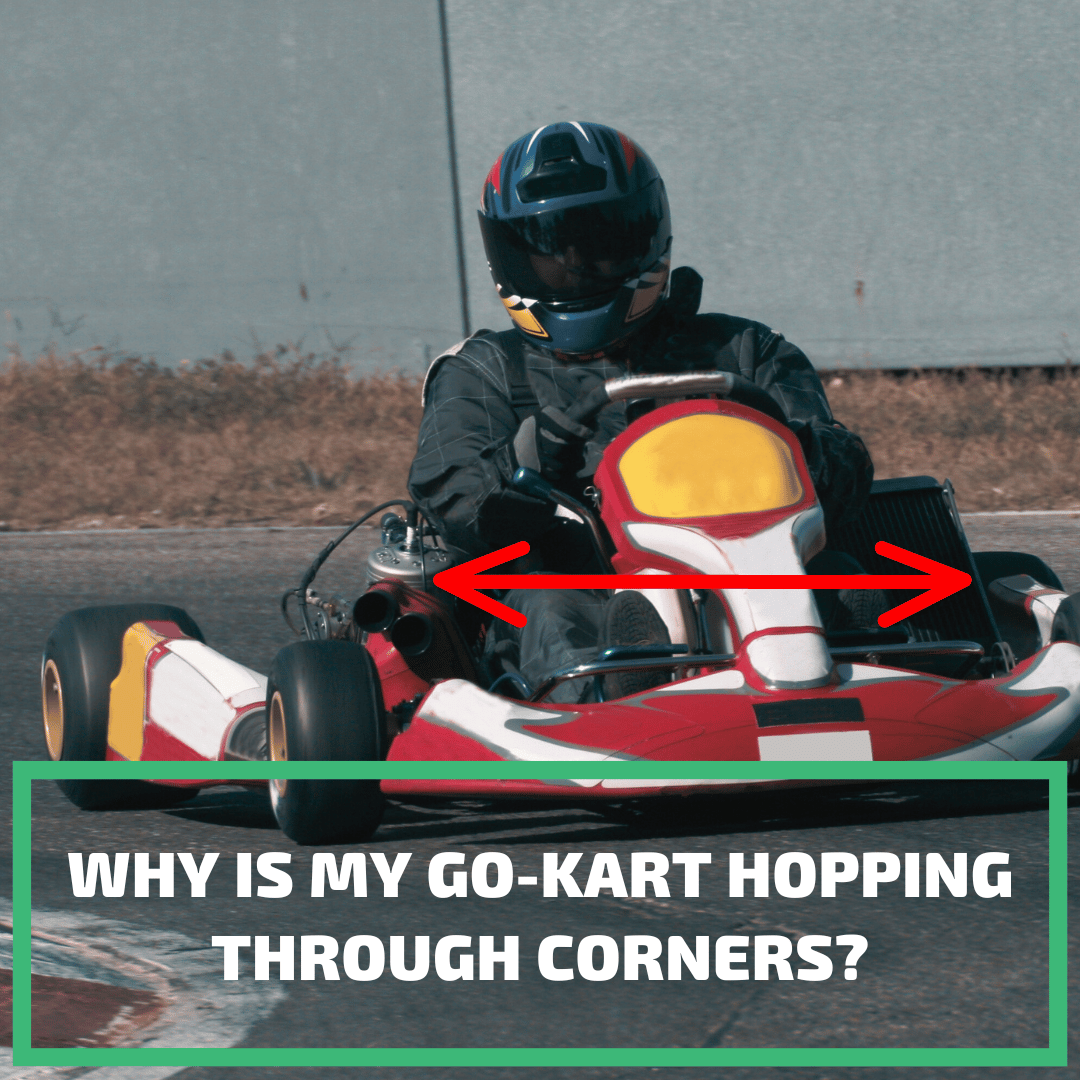Updated: 20.05.25
Picture yourself speeding around a track in a sleek, low-to-the-ground go-kart, feeling the thrill of the wind in your face.
Go-karting offers an exhilarating adventure, but with excitement comes risks. A common question is: "Can a go-kart flip?"

1. Can a Go-Kart Flip?
Yes, go-karts can flip, but it’s rare. Flipping typically occurs at high speeds of 70–140 mph (112–225 km/h), often due to sharp turns, collisions, or improper driving. Modern go-kart designs and safety measures significantly reduce this risk.
Related: Beginner’s Guide to Go-Kart Racing

2. What Causes a Go-Kart to Flip?
Several factors can contribute to a go-kart flipping, though design features like low centers of gravity help minimize the risk.
| Factor | Description |
|---|---|
| High Speed | Speeds of 70–140 mph (112–225 km/h) increase flip risk, especially on sharp turns. |
| Sharp Turns | Abrupt turns without slowing down can cause loss of grip, leading to a flip. |
| Collisions | Hitting another kart or obstacle can disrupt stability and cause flipping. |
| Track and Kart Design | Narrow tracks or high centers of gravity increase flip risk. |
3. Safety Measures to Prevent Flipping
Safety measures can significantly reduce the risk of go-kart flipping, ensuring a fun and secure experience.
| Safety Measure | Benefit |
|---|---|
| Helmets and Gear | Protects against injuries during accidents. |
| Driving Techniques | Proper navigation and speed control prevent flips. |
| Maintenance | Ensures equipment reliability to avoid failures. |
| Track Rules | Promotes a safe racing environment. |
4. Advanced Driving Techniques to Prevent Flips
Mastering advanced techniques can further minimize flip risks. Here’s how:
- Speed Management: Maintain safe speeds for track conditions, avoiding sudden acceleration.
- Cornering: Brake early, turn gradually, and accelerate smoothly out of turns.
- Weight Transfer: Lean into turns to improve grip and stability.
- Collision Avoidance: Keep a safe distance and stay aware of other drivers.
Related: Why Is My Go-Kart Hopping Through Corners?

5. Go-Kart Design and Maintenance
Modern go-kart designs prioritize stability with low profiles and wide wheelbases. Routine maintenance, such as checking tire wear, brakes, and steering alignment, ensures safety.
Related: The Ultimate Guide to Go-Kart Tires

6. What’s New in Go-Kart Safety for 2025?
Advancements in go-kart safety for 2025 include:
- Advanced Harnesses: Improved materials for better security and comfort.
- Head and Neck Restraints: Mandatory in many racing series to prevent injuries.
- Fire-Resistant Suits: Enhanced materials for better protection.
- Reinforced Chassis: Stronger designs to absorb impact forces.
- Smart Helmets: Sensors to detect concussive impacts.
Conclusion
Go-karts can flip under extreme conditions like high speeds (70–140 mph) or sharp turns, but this is rare in well-regulated settings. By using proper driving techniques, maintaining your kart, and following safety protocols, you can enjoy the thrill of go-karting with minimal risk.
Explore our go-kart collection for safe, high-quality options!
Frequently Asked Questions
Can a go-kart flip during a race?
Yes, but it’s rare. Flips usually occur at high speeds (70–140 mph) or due to sharp turns or collisions. Proper techniques and safety gear minimize this risk.
How can I prevent a go-kart from flipping?
Use proper driving techniques, maintain safe speeds, wear helmets, and ensure routine kart maintenance to reduce flip risks.
What safety gear is essential for go-karting?
Helmets, fire-resistant suits, gloves, and head-and-neck restraints are crucial for protecting drivers during go-karting.
Are go-karts safe for beginners?
Yes, with proper safety measures like helmets, low-speed karts, and track rules, go-karting is safe and fun for beginners.
How much does a go-kart cost in 2025?
Recreational go-karts cost £800–£2,500, while professional racing karts can exceed £3,500, depending on features and brand.
Get in Touch
Have more questions about go-karting or kids’ ride-on toys? Contact the RiiRoo team via our website or Live Chat. We’re here to help with a smile!





Share:
Do Go Karts Have Power Steering?
Are Go Karts Hard To Drive? (UPDATED 2025)